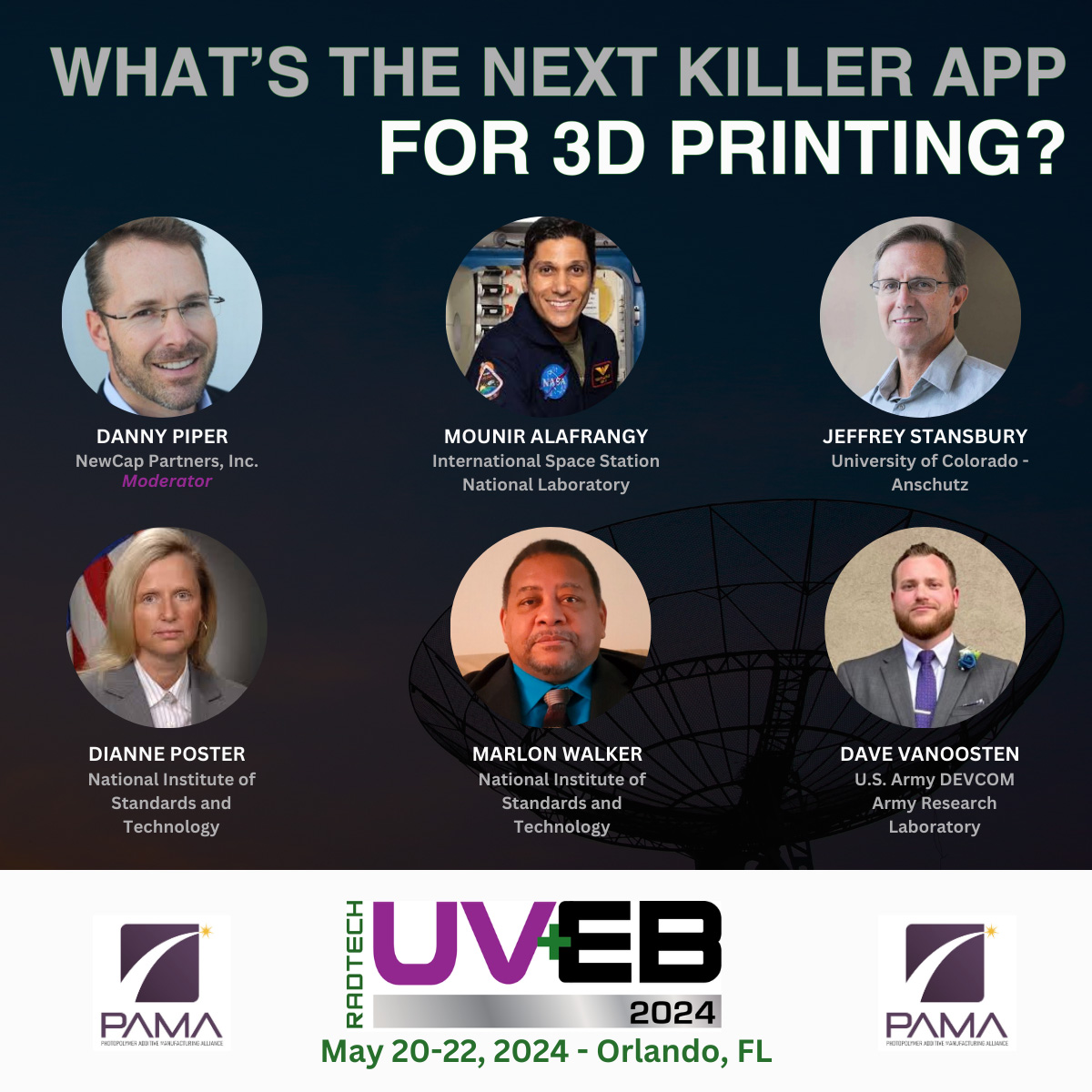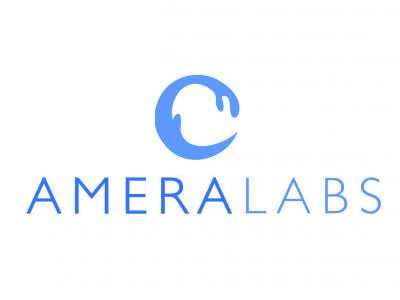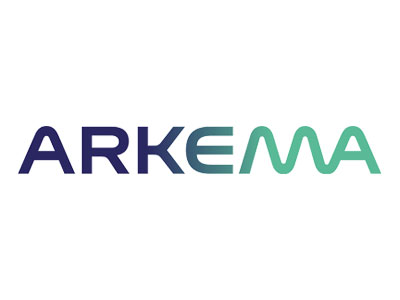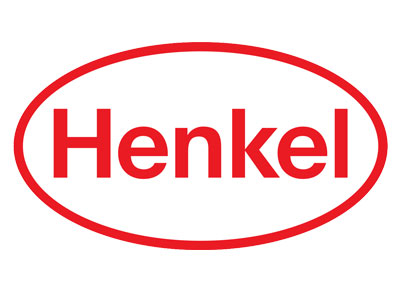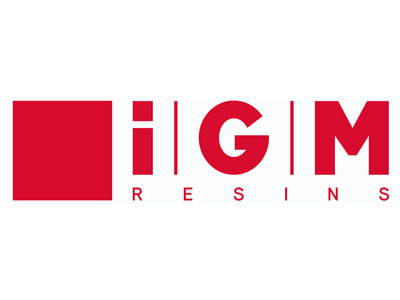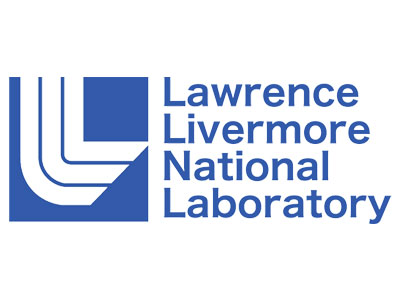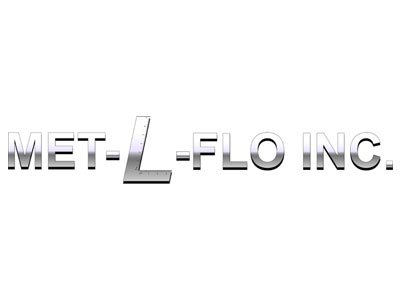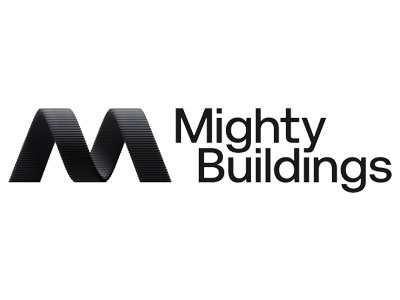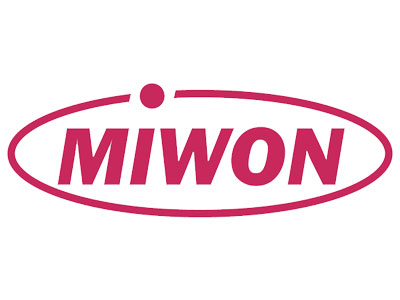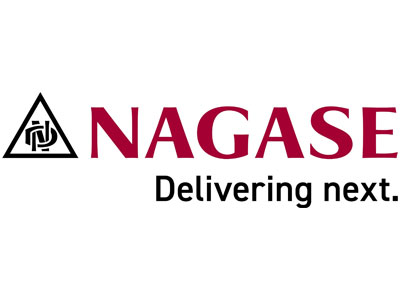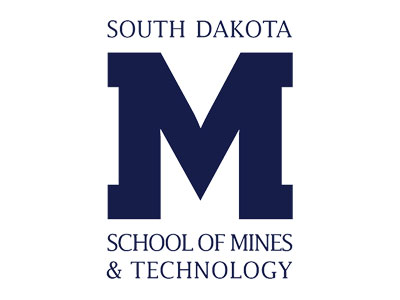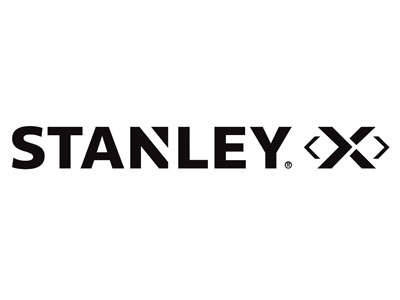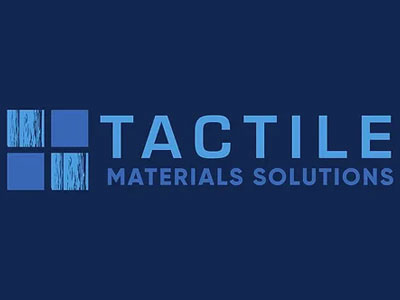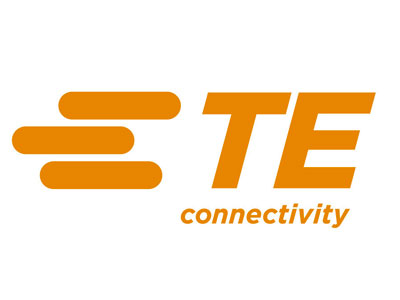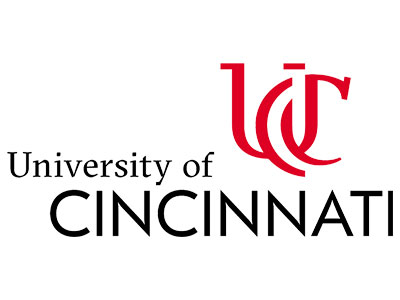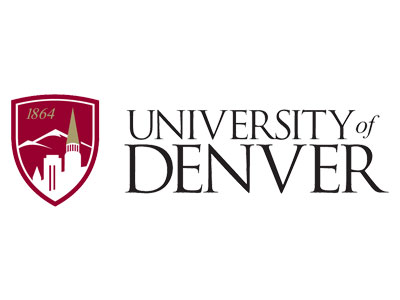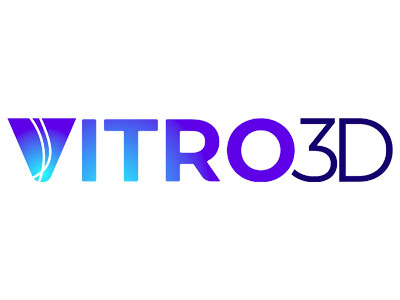PAMA is on a mission to drive innovation while enabling the safe and responsible use of photopolymer additive manufacturing technologies by serving as a trusted source of information, education, and industry standards.
PAMA, a collaboration between the National Institutes for Standards and Technology (NIST) a U.S. federal agency, and RadTech a non profit, is an alliance of industry, academia, government, and NGO organizations with the goal of bringing commonly accepted standards and practices to the field of PAM.
We are dedicated to advancing photopolymer additive manufacturing by providing reliable information, developing industry standards, and fostering collaboration among stakeholders. Our aim is to build trust, promote best practices, and support responsible technology growth through education, partnerships, and advocacy.
Press Releases & Announcements
Photopolymer Additive Manufacturing Alliance Announces New Leadership Activities
Chevy Chase, MD, February 7, 2025 —The Photopolymer Additive Manufacturing Alliance (PAMA) is delighted to announce that Vince Anewenter, Director of the Rapid Prototyping Consortium at the Milwaukee School of Engineering (MSOE), has assumed the position of Chair of the PAMA Executive Advisory Board.
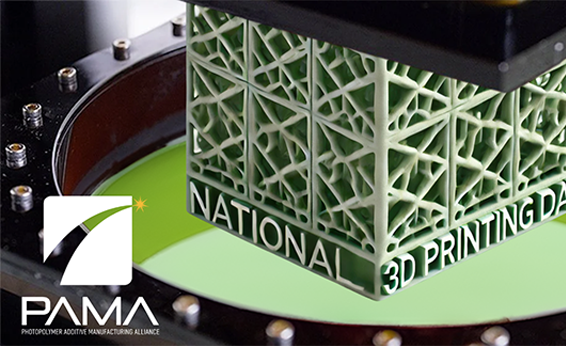
Happy National 3D Printing Day!
PAMA, the Photopolymer Additive Manufacturing Alliance, proudly celebrates December 3rd as 3D Printing Day! This day recognizes the power and potential of 3D printing/additive manufacturing technology, which is transforming manufacturing, healthcare, architecture, art, and more.
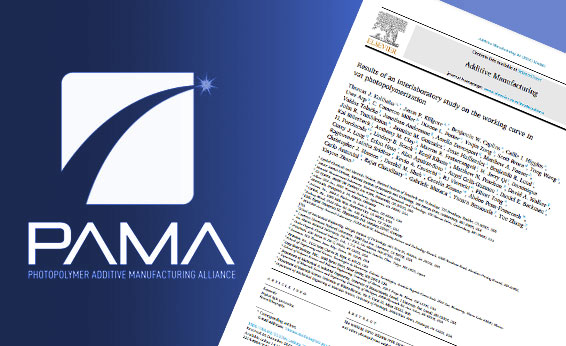
Congratulations to NIST, our PAMA collaborators, for our first publication developed through the PAMA Materials Characterization Working Committee
Results of an Interlaboratory Study on the Working Curve in Vat Photopolymerization
Since the pioneering article by Paul Jacobs over three decades ago, the measurement of a resin’s working curve has been seen as a fundamental measurement in the field of photopolymer additive manufacturing (PAM).
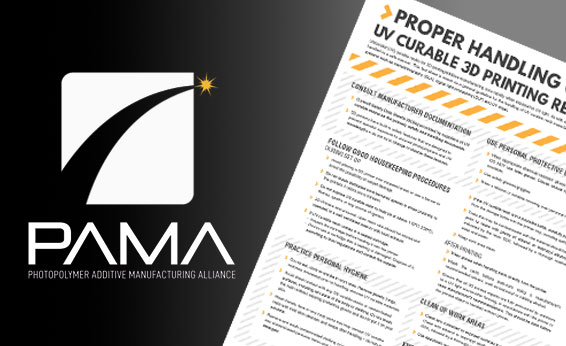
PAMA Unveils Updated Safety Guidelines for 3D Printing Resins
The Photopolymer Additive Manufacturing Alliance (PAMA), a collaboration between the National Institutes of Standards and Technology (NIST), and RadTech, have revised their “PROPER HANDLING OF UV CURABLE 3D PRINTING RESINS,” guidance, and included a new section on frequently asked questions.

U.S. Congressman Bill Foster (IL-11) met with RadTech & PAMA
U.S. Congressman Bill Foster, representing the 11th Congressional District of Illinois, met with RadTech, the non-profit for ultraviolet and electron beam technologies, and PAMA, the Photopolymer Additive Manufacturing Alliance, to discuss opportunities for more efficient regulatory review of photopolymer materials and opportunities for 3D printing/additive manufacturing.
Check out recent articles on PAMA, Additive Manufacturing
PAMA Applications

Printing vs. Molding: At 1 Million Parts, Merit3D to Deliver the Largest 3D Print Order Ever
May 22, 2023
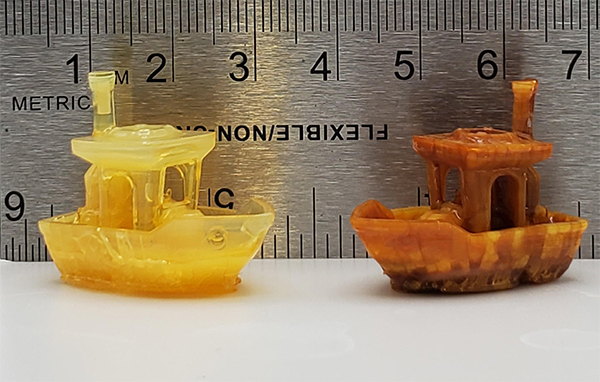
Sustainable Additive Manufacturing of Polyelectrolyte Photopolymer Complexes
Jan 29, 2023
This panel brings together a unique blend of investors, material suppliers, and thought leaders from the photopolymer community to discuss the next killer application for photopolymer additive manufacturing. Join us for this panel and other technical sessions on photopolymer additive manufacturing at RadTech 2024, May 20-22, 2024 in Orlando, Florida!
Check out our Webinars
Toxic Substances Control Act: The Process of New Chemicals Review
Wednesday, March 13, 2024, 2:00 PM – 3:00 PM EST
Automated, High Throughput Screening of Increased Ionic Conductivity Polymer Electrolytes
Friday, January 19, 2024 from 2:00 PM – 3:00 PM EST
Health and Safety Considerations for the Additive Manufacturing/3D-Printing of Consumer Products
PAMA Members Represent Multiple Stake Holders
Founding Members


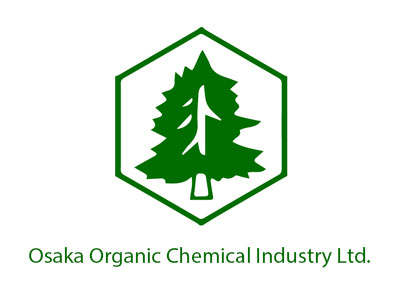
PAMA Working Committees
- Materials Characterization
- Hardware Characterization
- Environment, Health, and Safety
- Government Partnerships & Regulation
What types of questions does PAMA seek to answer?
- How do we ensure that 3D printed parts are fully cured and not leaking or off-gassing materials in a consumer’s home?
- How can we ensure the safe transport and disposal of 3D printing resins in industry and in the home? What protocols are necessary to protect the environment?
- How can we calibrate light delivery rates to a universally accepted calibration standard?
- Should material properties be reported in a standard format to make selection easier for end-users?
- How can we ensure that 3D printing hardware remains operating to specification and/or notifies the user when service is needed?
- How can we overcome the challenges of documenting and reporting hazards to ease the adoption of technology in new markets?


